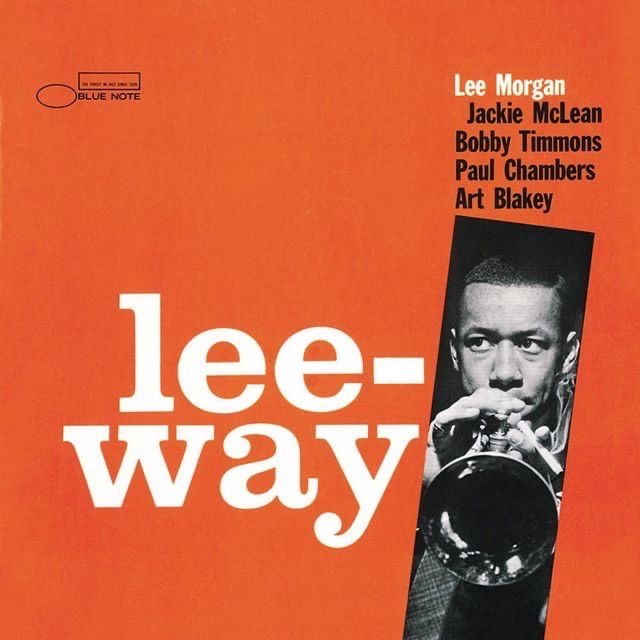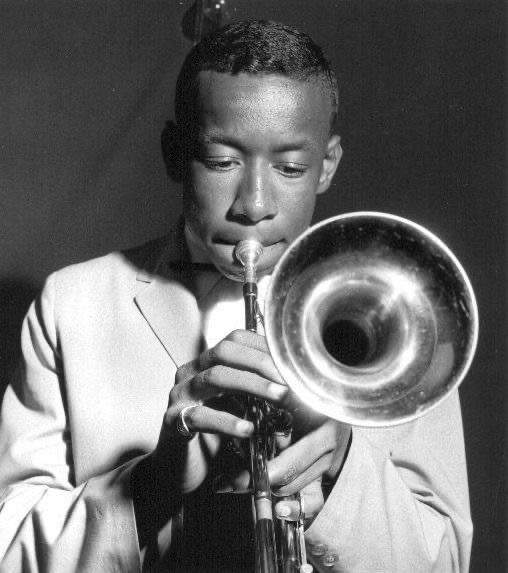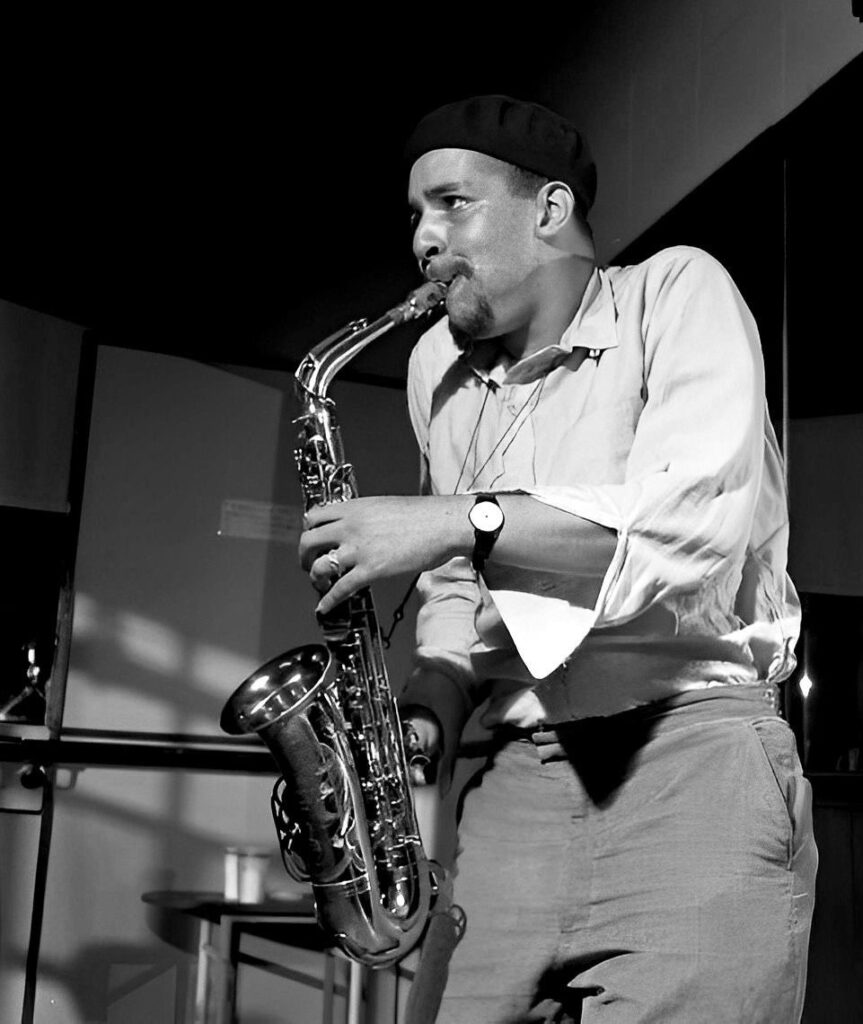Dive into the Power & Passion of ‘Tenor Madness
In the vast panorama of jazz, Sonny Rollins’ “Tenor…
The moment you put on Lee Morgan‘s “Lee-Way” album; you’re struck by the musical brilliance that emanates from this iconic jazz work. As a listener, you’re treated to an unforgettable experience that showcases the talents of the legendary trumpeter and his exceptional ensemble.

Recorded in April 1960, “Lee-Way” is a product of the prestigious Blue Note Records, where many jazz legends found their home. The recording sessions took place at the renowned Van Gelder Studio in New Jersey, with the ingenious Rudy Van Gelder as the engineer.
Lee Morgan, the centerpiece of the album, was a prodigious talent. Bursting onto the scene at the tender age of 18, Morgan’s fiery, virtuosic trumpet playing made him a standout in the jazz world. By the time “Lee-Way” was recorded, Morgan had already solidified his reputation as a leading force in the hard bop movement.

Jackie McLean, the alto saxophonist on the album, was no stranger to the jazz scene either. Known for his intense, passionate playing style, McLean’s work with the likes of Miles Davis and Charles Mingus showcased his immense talent. In the period leading up to “Lee-Way,” McLean had been honing his craft and developing a distinctive sound that would become a hallmark of his illustrious career.

Bobby Timmons, the pianist featured on “Lee-Way,” brought a soulful, gospel-tinged sound to the album. Having played with the legendary Art Blakey and the Jazz Messengers, Timmons had already made a name for himself as a dynamic and innovative pianist. His compositions, such as “Moanin'” and “Dat Dere,” became instant classics and helped define the hard bop sound of the era.
Paul Chambers, the bassist on the album, was a master of his instrument. His melodic, inventive playing style and impressive technique made him a sought-after musician. At the time of “Lee-Way,” Chambers was already a veteran of the Miles Davis Quintet, contributing to some of the most seminal recordings in jazz history.
Completing the ensemble was the incomparable Art Blakey on drums. A powerhouse behind the kit, Blakey was known for his aggressive, propulsive style. As the leader of the Jazz Messengers, Blakey mentored countless young musicians, including Morgan and Timmons, helping to shape the future of jazz.

“Lee-Way” opens with Calvin Massey’s “These Are Soulful Days,” a brooding, minor-key piece that allows each member of the ensemble to shine. Morgan’s trumpet solo is particularly noteworthy, showcasing his ability to weave intricate, melodic lines with a fiery intensity that leaves listeners breathless.
The album’s third track, “The Lion and the Wolff,” serves as a playful tribute to Blue Note founders Alfred Lion and Francis Wolff. This rollicking blues number features standout performances by McLean and Morgan, with the latter delivering a solo that demonstrates his mastery of the trumpet’s full range and expressive capabilities.
My personal favorite song on the album is Jackie McLean’s “Midtown Blues.” Its catchy, question-and-answer melodic line sets the stage for a series of impassioned solos. Morgan’s playing on this track is especially captivating, showcasing his ability to balance technical prowess with a deep, emotional resonance.
The musical style of “Lee-Way” is firmly rooted in the hard bop tradition, with each composition exploring a different facet of the genre. The album’s themes range from introspective and soulful to exuberant and joyful, providing a diverse listening experience that keeps you engaged from beginning to end.
Upon its release, “Lee-Way” was met with critical acclaim and quickly became a favorite among jazz enthusiasts. The album not only highlighted Morgan’s extraordinary talent as a trumpeter but also showcased the remarkable abilities of his fellow musicians. “Lee-Way” solidified its place as an essential recording in the hard bop canon and cemented the reputations of its contributors.
Today, the album continues to be held in high regard and is widely considered a seminal work in jazz history. The timeless nature of the compositions and the stellar performances by each musician ensure that “Lee-Way” remains a touchstone for both aficionados and newcomers to the genre.
The role of Blue Note Records in promoting jazz artists and albums cannot be overstated. As a label that prioritized artistic integrity and creative freedom, Blue Note provided a nurturing environment for musicians like Morgan, McLean, Timmons, Chambers, and Blakey to flourish. The label’s dedication to producing high-quality recordings and fostering a sense of community among its artists has left an indelible mark on the jazz landscape.
In conclusion, Lee Morgan’s “Lee-Way” is a testament to the power of artistic collaboration and the boundless creativity that defines the jazz genre. From the virtuosic solos to the captivating compositions, this album offers an exhilarating journey that transports listeners to the very heart of the hard bop movement. As a fan of jazz and a writer, I’m honored to share my passion for this extraordinary work with you, and I hope that it brings you the same joy and inspiration that it has brought me throughout the years.